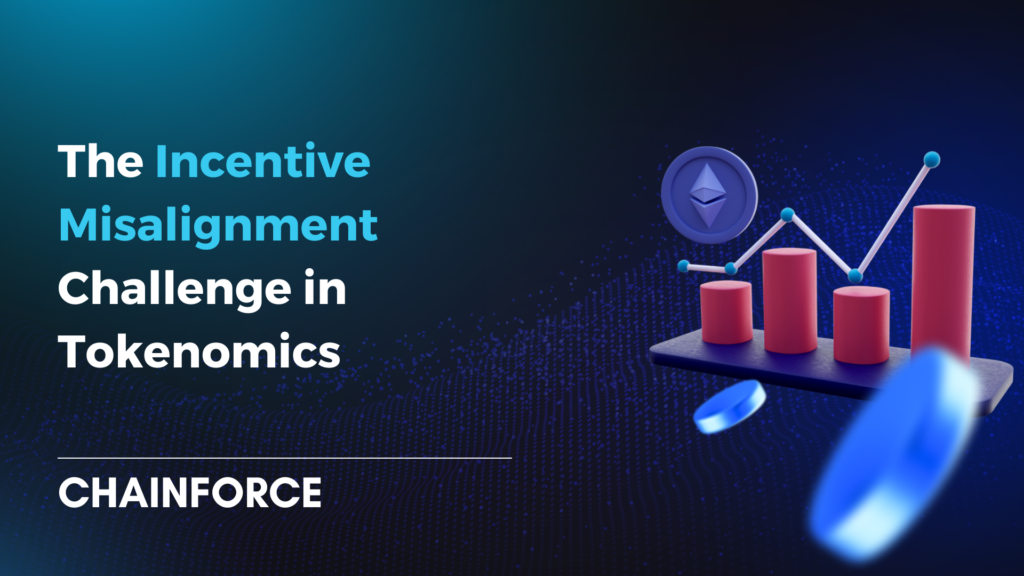The landscape of blockchain, tokenomics, and decentralized finance (DeFi) is evolving rapidly. Market makers play a pivotal role in ensuring liquidity for both new and established tokens. This is essential for maintaining healthy market operations. They operate on both centralized exchanges (CEXs) and decentralized exchanges (DEXs). They bridge the gap between supply and demand, allowing seamless trading.
However, the approach to market making is far from one-size-fits-all, especially when factoring in the tokenomics of a project. Tokenomics — the economic model and distribution strategy of a token — is crucial in determining how and where liquidity is managed. In this article, we’ll take a deep dive into the distinct market making strategies for CEXs and DEXs, and how these interact with the broader goals of tokenomics.
Market Making on Centralized Exchanges (CEXs)
Centralized exchanges, such as Binance, Coinbase, or Kraken, are conventional trading platforms that offer deep liquidity and robust trading infrastructure. On CEXs, market makers maintain order books by placing both buy and sell orders. This ensures that liquidity is always available. This prevents large price swings and ensures smoother execution of trades.
Why CEXs Are Important for Token Launches
For new projects, CEXs are often a crucial first step. Being listed on a major CEX provides immediate exposure to a large user base. It also ensures price stability due to the high liquidity maintained by professional market makers. This can be particularly important for tokens that are expected to see high volumes of early-stage speculation.
However, from a tokenomics perspective, launching on a CEX presents several challenges:
- Upfront Costs and Listing Fees: Getting listed on a major CEX typically comes with a hefty price tag. Exchanges often charge substantial listing fees, which can range from tens of thousands to several million dollars. These fees can put considerable pressure on a project’s financials. This is especially true for smaller projects with limited treasury funds. In some cases, CEXs may also require a reserve of tokens to be held in custody or used as part of market making agreements, impacting the initial token distribution.
- Liquidity Constraints: CEXs generally require projects to maintain a certain level of liquidity to ensure smooth trading, which might necessitate partnerships with professional market makers. Market makers require access to significant token reserves. This can potentially conflict with a project’s desire to control the initial supply or focus on decentralized distribution.
- Control Over Pricing: While CEXs offer more liquidity, they also introduce centralized control over the trading environment. CEXs have full control over the order book. The token’s price is primarily influenced by centralized market makers. This can run counter to a project’s decentralized ethos, especially if the goal is to maintain a more community-driven pricing model.
- Token Lockups: To ensure long-term liquidity, some CEXs may require a lock-up of tokens as collateral for market making services. This can create tension with the token’s inflationary or deflationary models. Projects must carefully balance these requirements with their overall tokenomics plan.
Tokenomics Implications of CEX Listings
Given these constraints, projects must think critically about how much of their token supply can be allocated to centralized market making and whether the benefits of immediate liquidity outweigh the risks of concentrated control and costs. For projects with highly inflationary or deflationary tokenomics, a CEX might provide initial traction due to its speed and stability. However, this could come at the cost of decentralization and long-term sustainability.
Market Making on Decentralized Exchanges (DEXs)
In contrast to CEXs, decentralized exchanges like Uniswap, SushiSwap, and PancakeSwap rely on automated market makers (AMMs) and liquidity pools instead of traditional order books. On DEXs, liquidity is provided by users who deposit tokens into liquidity pools. These pools facilitate trading by automatically adjusting prices based on the ratio of assets in the pool.
Why DEXs Appeal to Projects with Decentralized Tokenomics
For projects that prioritize decentralization and community involvement, DEXs offer several distinct advantages:
- No Listing Fees: DEXs don’t charge the exorbitant listing fees that are common on CEXs. Any project can list its token by simply creating a liquidity pool, providing immediate access to trading. This approach aligns well with projects that have limited resources. It also helps preserve more of the token supply for strategic purposes like staking rewards or governance.
- Flexible Liquidity Provision: On a DEX, liquidity is often provided by the project’s community. Token holders can become liquidity providers (LPs) by depositing their tokens into pools in exchange for a share of the trading fees. This community-driven liquidity provision fosters a more decentralized and democratic ecosystem.
- Customizable Incentive Mechanisms: One of the most significant benefits of DEXs for tokenomics is the ability to create custom liquidity incentives. Projects can use techniques like yield farming and liquidity mining, where LPs are rewarded with additional tokens for providing liquidity. This allows the project to attract liquidity without relying on third-party market makers. However, these rewards must be carefully managed to prevent hyperinflation, which could harm the token’s value.
- Deeper Tokenomics Integration: DEXs enable deeper integration with a project’s tokenomics. For example, a project can incentivize long-term liquidity provision by offering staking mechanisms or time-locked pools where LPs earn rewards over a longer period. This aligns the liquidity provision with the overall tokenomics design, ensuring that the incentives for liquidity are in sync with the project’s long-term goals.
Challenges in DEX Liquidity Management
Despite these advantages, managing liquidity on DEXs presents its own challenges:
- Low Initial Liquidity: DEXs tend to have lower liquidity than CEXs, especially in the early stages of a token’s life. This can lead to high volatility and price slippage, which can discourage larger investors from trading or holding the token. Projects must ensure that their tokenomics model has adequate incentives to build and maintain liquidity.
- Risk of Impermanent Loss: Liquidity providers on DEXs are exposed to the risk of impermanent loss. This occurs when the value of tokens in a liquidity pool decreases compared to holding the tokens individually. This can discourage long-term liquidity provision if not offset by adequate rewards. Projects need to carefully consider how much to allocate to liquidity rewards and ensure that this fits within their overall tokenomics structure without leading to excessive inflation.
- Volatility Control: DEX liquidity pools are often more susceptible to price manipulation and flash crashes, particularly in low liquidity pools. A project must have strategies in place to stabilize its token’s price and protect the integrity of its tokenomics during periods of high volatility.
Key Tokenomics Considerations for Market Making
When devising a market making strategy, a project’s tokenomics plan plays a critical role in determining the appropriate platform and liquidity mechanisms. Some factors to consider include:
- Initial Token Supply and Distribution: Projects need to carefully manage the balance between tokens reserved for market making and those allocated for other purposes, such as staking, governance, or community rewards. A high allocation to market making can stabilize prices, but it may conflict with decentralization goals if too much control is given to centralized entities.
- Inflation vs. Deflation: Inflationary token models need to carefully manage liquidity rewards to avoid overwhelming the market with new tokens, which could dilute the value of existing tokens. Deflationary models must ensure there is enough liquidity to support price appreciation. This helps avoid creating scarcity that can lead to extreme volatility.
- Long-Term Sustainability: Projects must ensure that liquidity incentives are sustainable over time. Short-term rewards might attract liquidity providers in the early stages, but without a sustainable tokenomics strategy, liquidity could quickly dry up once rewards taper off. Designing long-term incentives, such as token buybacks, staking rewards, or yield farming with decreasing emissions, can help retain liquidity over the long term.
- Governance Integration: Projects with governance tokens can use their tokenomics to involve the community in liquidity decisions. Token holders can vote on how much liquidity should be provided, how rewards are distributed, and even which exchanges should be used, ensuring alignment between the project’s market making strategy and its decentralized governance model.
Conclusion
Market makers, whether operating on centralized or decentralized exchanges, are fundamental to the success of any token. However, the tokenomics of a project plays a crucial role in determining the best market making approach. CEXs provide deep liquidity and stability but at the cost of control and higher fees, which may conflict with decentralized goals. DEXs offer greater flexibility and alignment with community-driven tokenomics but can present challenges related to volatility and liquidity management.
Ultimately, a project must carefully evaluate how its tokenomics plan aligns with its chosen market making strategy. By creating a liquidity strategy that is in harmony with the project’s distribution model, incentive structures, and long-term sustainability, projects can build healthy, thriving markets for their tokens.
To deepen your understanding of market making and liquidity strategies, or if you’re interested in exploring tokenomics solutions tailored to your needs, let’s book a call with Vincent, Chainforce’s founder and chief of tokenomics.



